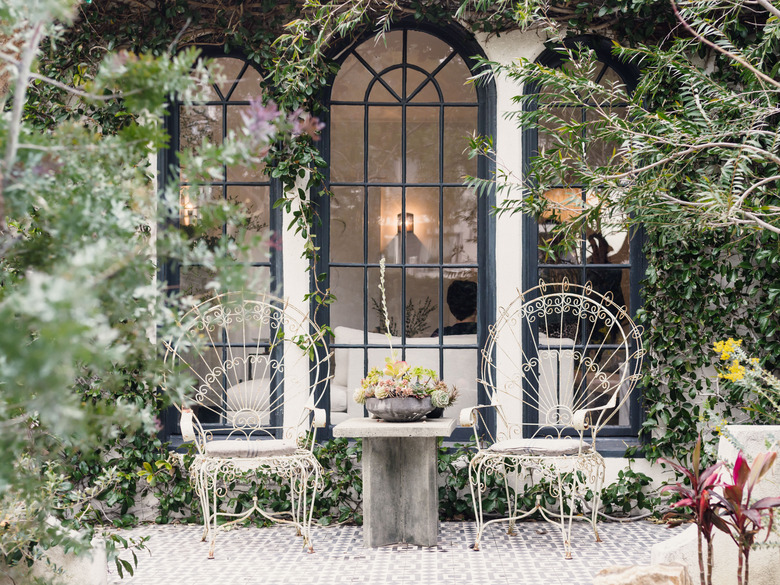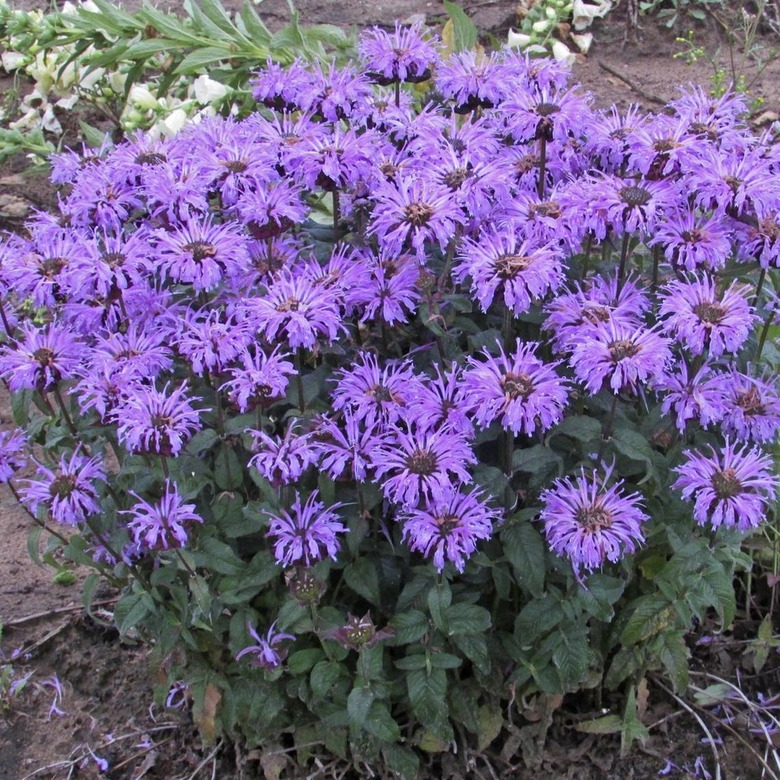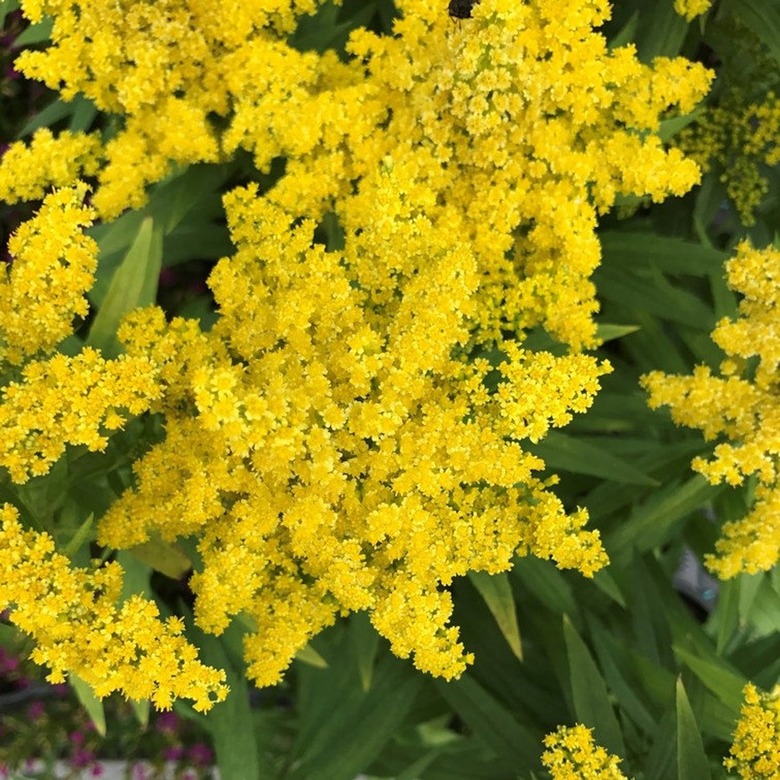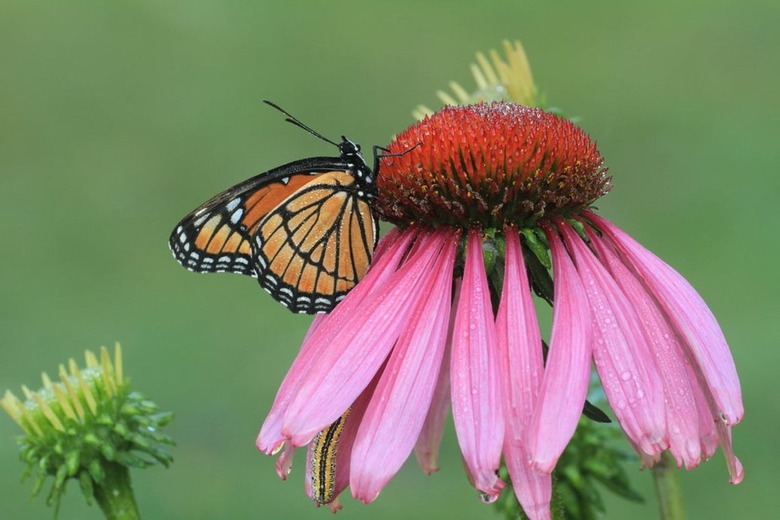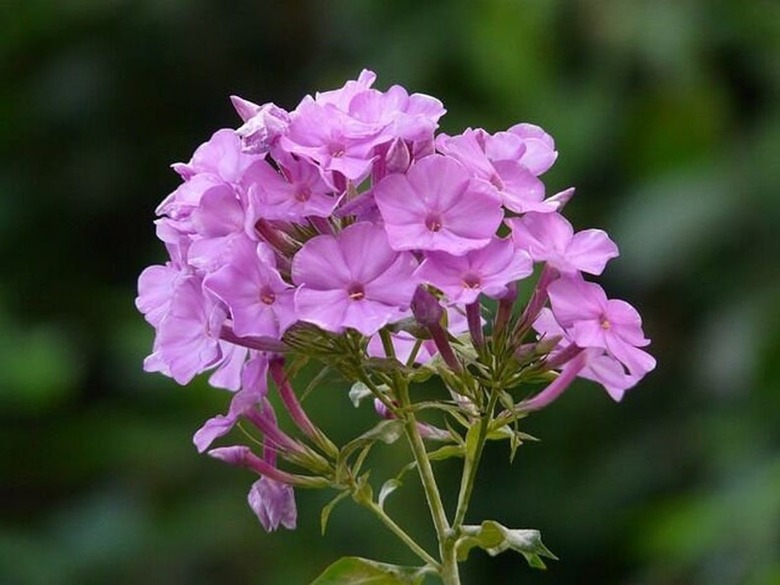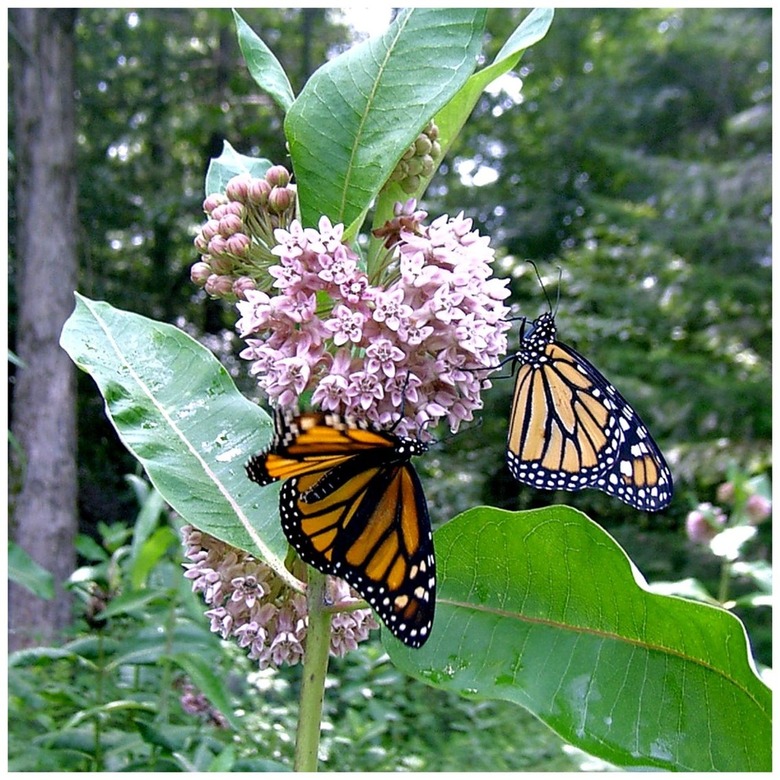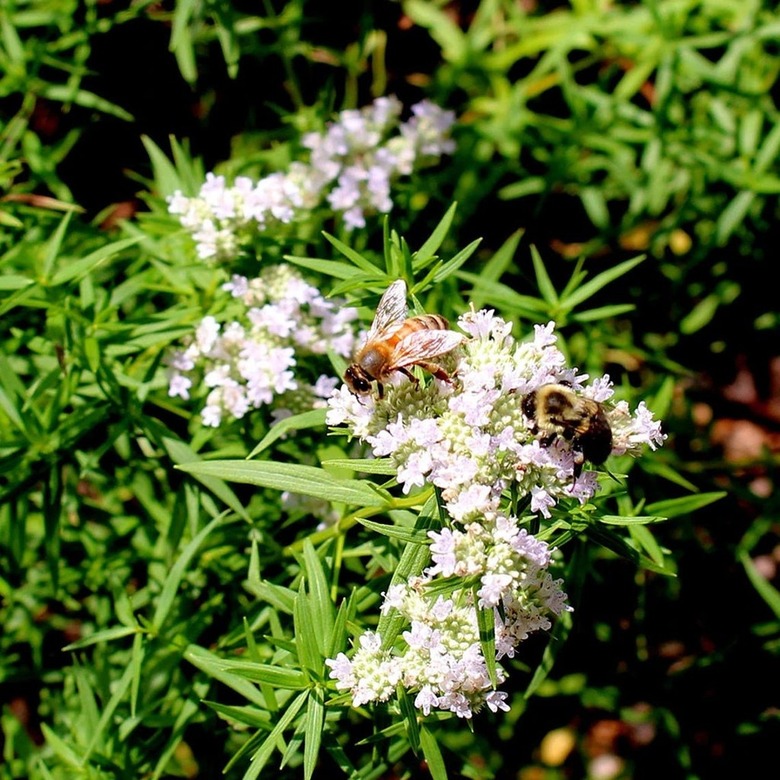6 Plants To Help Pollinators Do Their Job
Did you know that some 75 percent of the foods people eat across the planet are dependent on pollination? That makes pollinators — like bees and butterflies and hummingbirds — "essential workers" for all of us.
June is National Pollinators Month, a time to focus on the relationship between pollinators and plants and us. And not a minute too soon. Pollution and an invasion of non-native plants has decreased native plants, putting important pollinator species in danger of extinction. Each of us can help by planting plants preferred by pollinators.
Helping Pollinators Is Everybody's Business
Helping Pollinators Is Everybody's Business
Pollinators carry pollen from the male stamen of a flower to the female stigma. This is a necessary to fertilize the plant, allowing it to produce fruits and veggies. Since so much of life as we know it depends on pollinators, it is important for all of us to step up and try to help.
We talked about the need to help pollinators with Kris Kiser of the TurfMutt Foundation whose motto is "Saving the planet one yard at a time!" The foundation provides educational content for children about the importance of nature and how we can protect our plants and animal life. Kiser told us what he tells the kids: that nature isn't something way out there, it starts at your back door.
Kiser emphasizes that when it comes to assisting pollinators, any supportive action, no matter how small, is better than none. That is, you don't need 40 acres to make a difference. If you don't have a backyard, install potted pollinator-pleasing plants on your patio. If you don't have a patio, a small potted butterfly bush on the fire escape will still support the butterfly population. Exactly which plants to install depends on your climate and preferences, but you can use our top pollinator plants short-list to get started. All are native perennials.
1) Bee Balm
1) Bee Balm
- Pollinators attracted: bees, butterflies, hummingbirds
- Bloom time: summer
- Climate required: Hardiness zones 3 – 9
As the common name suggests, this showy native plant will bring all the bees in the neighborhood to your garden. But that's not all. Hummingbirds and butterflies also love its spiky flowers that appear in red, pink, purple, or white. A member of the mint family, bee balm's (Monarda spp.) foliage has a strong fragrance of orange bergamot.
Plant this perennial in the direct sun in a spot with good air circulation. Water well at the time of planting, then moderately throughout the growing season. Deadhead faded blooms to encourage new ones.
2) Stiff Goldenrod
2)
Stiff Goldenrod
- Pollinators attracted: bees, butterflies
- Bloom time: fall
- Climate required: Hardiness zones 3 – 9
Just when the summer blooms are fading away, goldenrods (Solidago rigida) light up your garden, providing a fall nectar source for pollinators. Their golden blossoms — daisy-like flowers in large, dense clusters — light up your garden. Goldenrod grows to five feet tall and really pulls in the pollinators.
Plant this perennial in a full sun location in well-draining soil. Drought resistant, goldenrods suffer from the untrue belief that they cause fall allergies, but the culprit is in fact the ragweed.
3) Coneflower
3)
Coneflower
- Pollinators attracted: bees, butterflies, hummingbirds
- Bloom time: June to August
- Climate required: Hardiness zones 3 – 8
Echinacea comes from the Greek word echinos meaning hedgehog, a reference to the spiny center cone of the flowers that is ringed by the purple daisy-like leaves. The native shrub grows to five feet tall. Hummingbirds and butterflies love to eat the coneflower's abundant nectar, picking up pollen that they disburse. Purple coneflower (Echinacea purpurea) also pleases finches who munch on the seeds.
Grow the native purple coneflower, not one of the many cultivars since they have much less pollen. Plant them in well-drained soil in full sun for best blossoms. Coneflower is tolerant of drought, heat, humidity, and poor soil. Plants usually rebloom without deadheading.
4) Garden Phlox
4) Garden Phlox
- Pollinators attracted: butterflies
- Bloom time: mid-July through September
- Climate required: Hardiness zones 2 – 9
Phlox (Phlox paniculata)are a favorite selection for the pollinator garden with their bright pink or purple star-shaped flowers, lovely fragrance, and low-maintenance ways. Phlox comes in a variety of species and many are native. One species that is proven to provide excellent nectar for butterflies is garden phlox Jeana, a species discovered growing near Nashville, Tennessee. Growing to five feet tall, Jeana's lavender flowers appear from mid-July through early September, the season butterfly activity is at its highest.
To grow phlox, select a site with some sun and well-draining soil. Provide one inch of water a week and deadhead faded blooms.
5) Common Milkweed
5) Common Milkweed
- Pollinators attracted: butterflies, bees, hummingbirds
- Bloom time: July through August
- Climate required: Hardiness zones 2 – 11
Anyone who follows the plight of pollinators knows how much milkweed (Asclepias syriaca) means to the Monarch butterfly's diet and very existence. Milkweed is the only food young Monarchs consume. The adults lay eggs on milkweed plants and, when the caterpillars hatch out, they start eating the milkweed leaves immediately. That's why we include easy-care milkweed in the list of top pollinator plants. It grows clusters of purple-pink blossoms that are appealing to the Monarchs as well as bees and hummingbirds.
This milkweed grows almost anywhere in the nation and prefers full sun and excellent drainage. You might also plant any other milkweed native to your region, but avoid tropical milkweed and climbing milkweed which are not good for Monarchs.
6) Clustered Mountain Mint
6) Clustered Mountain Mint
- Pollinators attracted: bees, wasps, flies, butterflies,
skippers, and beetles - Bloom time: late July through September
- Climate required: Hardiness zones 4 – 8
According to the Penn State Southeast Research and Extension Center, mountain mint (Pycnanthemum muticum) attracts the most insect diversity of any garden plant. It grows like the mint that it is — that is to say, quickly and without much maintenance. Mountain mint gets to three feet tall, with lovely, silvery leaves and dense flower-like cymes that bloom for weeks in August and September.
Grow mountain mint in full sun and moist, well-drained soil. Water regularly when there is no rain. Like others in the mint clan, it can be invasive so keep watch. It's easy to pull up if it gets out of line.
References
- NPS: Pollinators
- National Pollinator Week: JUNE 21-27, 2021
- National Today: National Pollinators Month
- Turfmutt Foundation: Home
- Almanac: Bee Balm
- Missouri Botanical: Goldenrod
- Triangle Gardener: Phlox
- Missouri Botanical Garden: Mountain Mint
- Maryland Dept of Natural Resources: Native Plant Profile: Mountain Mint (Pycnanthemum spp.)
